Team productivity and performance depends on the efficiency of the sprint planning meeting. Teams often make mistakes that lead to failed sprints: Here we explain how the re-evaluation can help you build alignment, reduce the time spent on sprint planning, and populate the sprints with significant tasks only. And also how to automate the re-evaluation and devote it the least time possible.
Why It’s Worth Re-evaluating The Tasks Before Planning A Sprint
Two years ago, we worked on the event promotion tool, Tendee, and continually received feature requests from our customers.
Back then, I was a customer manager. I would run to the developers saying: ‘Super important! Very urgent! Just on fire!’ They couldn’t understand why creating the feature. And we, managers, thought: ‘It is so easy and fast, why not? They always invent difficulties.’
Nadya, Product manager
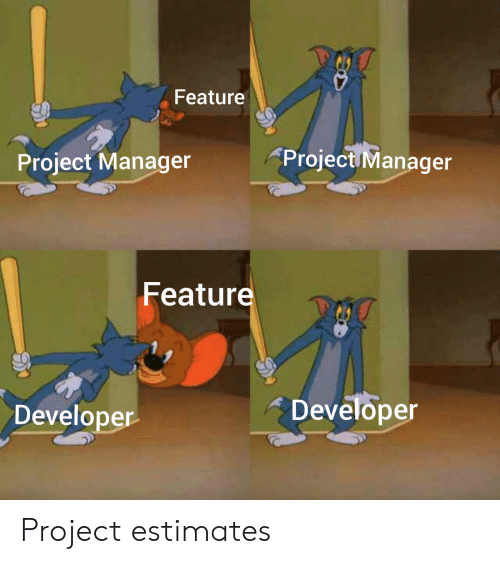
The team did not understand each other on which tasks were more important. There was no shared vision of the goals. Long discussions did not solve the problem. That’s when we started prioritizing—first, with the Google Sheets and then with our tool, Ducalis. We evaluated all the new tasks once a week.
Prioritization worked well. But after a month a problem appeared—many tasks became outdated. Some of them were in progress, and others were lying dead in the backlog. They were mixed with the new issues, outweighing them by prioritization scores. The top priorities turned out to be irrelevant. Sprint planning took us a few hours.
So we decided to start re-evaluating—reset the old scores after a certain period of time and assess the tasks once again. We considered the new priorities during the meetings, and the discussion became much more effective.
How The Task Re-evaluation Increases The Sprint Planning Meetings Efficiency
Re-evaluating the backlog beforehand solves a number of problems a team faces during the meeting.
Team Awareness Of Goals
Anybody on the team can lose focus, wallow in their tasks, and miss new priorities. The result is—working on tasks that are no longer relevant.
Backlog grooming before planning helps understand what the team is doing, where it’s heading, and how the priorities have changed.
Recently, I’ve suddenly got to re-evaluate 65 tasks (no worries, we needed so in our case). And when I gradually re-read all the tasks reviewing their value, I got a satisfying feeling. I was getting the bigger picture of our course in my head. I could clearly see what the whole team and I personally are doing for the purpose. Nadya, Product manager
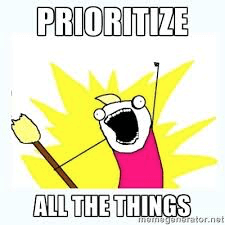
Priorities Actualization
Time is the team’s most valuable resource. If you do trivial tasks, the resource is wasted. Re-evaluation helps to add only priority tasks to the sprint.
It becomes easy to close obsolete tasks that you didn’t want to delete before. I used to think: ‘Well, it won’t bother if we store it in the backlog. Let’s keep it. Just so we don’t forget. I’m sure it’ll come in handy.’ No. It won’t work this way. Mostly you will forget it. And it won’t come in handy.
Nadya, Product manager
Even the most relevant and burning issue today may become not so important in a month. And you can start implementing it. And what’s worse, you can even forget what it was all about. We’ve had such tasks at the bottom of our backlog. Re-evaluation before planning the sprint can parse such issues: clarify or delete.
You could hear a phrase like: ‘Yes, I’m sure some customers already requested it, but I can’t remember who and why.’ We saw the pain and tried to refine the backlog: agreed to take care of our own tasks at least once a week. If possible, look after other people’s tasks. Guess how we coped with that promise? We forgot.
Nadya, Product manager
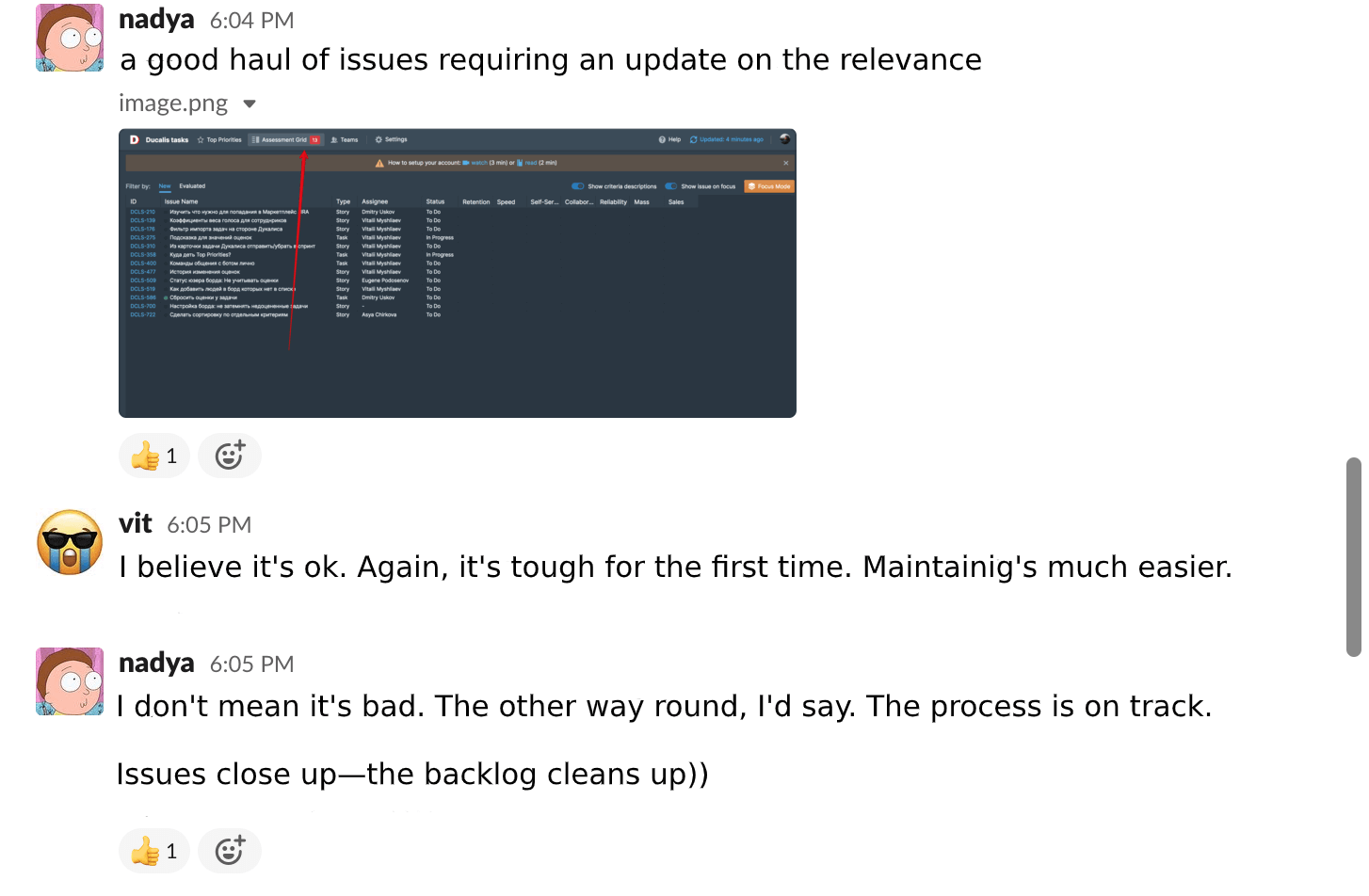
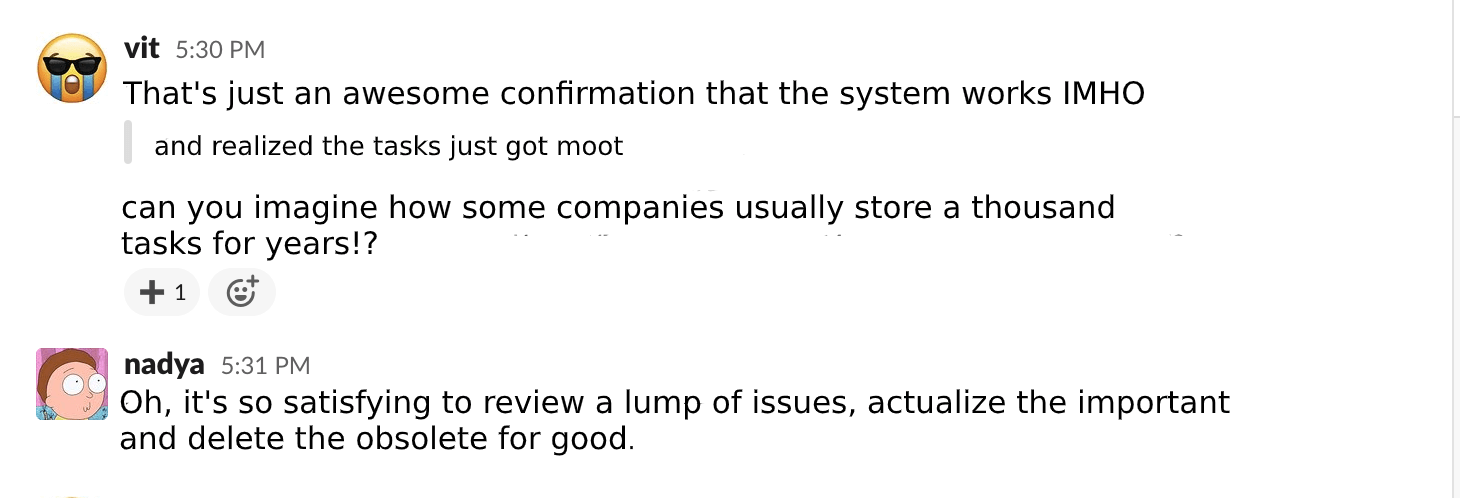
Reducing Discussion Time
After the re-evaluation, we receive the updated issue list with priorities in descending order. We discuss only those at the top. The number of issues we can take to the sprint we’ve defined in advance.

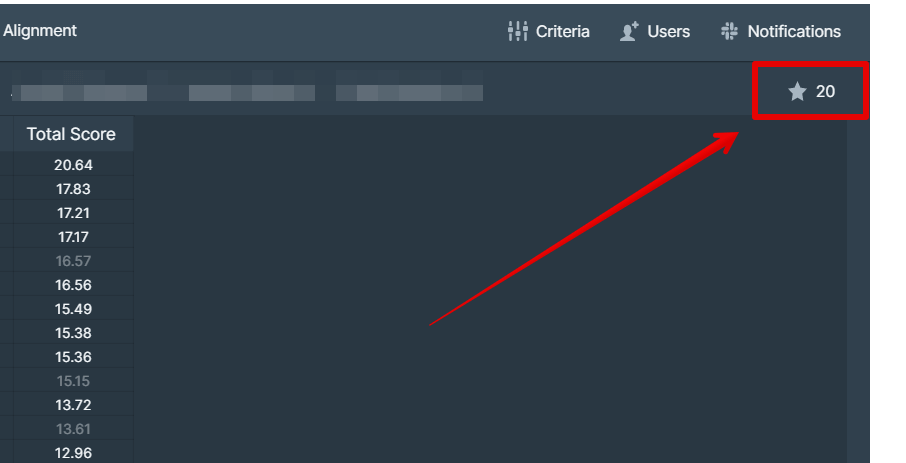
The sprint discussions started taking no more than 30 minutes.
How To Set Up The Re-evaluation Process
Start with setting up the task evaluation process if it’s not set yet. Evaluation and re-evaluation should be a single ritual with clear rules.
1.Determine The Re-evaluation Period
How often you reassess depends on the project and the work format. We use weekly sprints. With Tendee, we re-evaluated the issues once every 30 days.
The new tool, Ducalis, is developing much faster. We interact with our customers a lot and receive feedback and requests weekly. That’s why we reduced the score expiration time to 21 days.
How To Automate
Ducalis discards the scores for each issue automatically at the time you set. No need to monitor the score expiration.
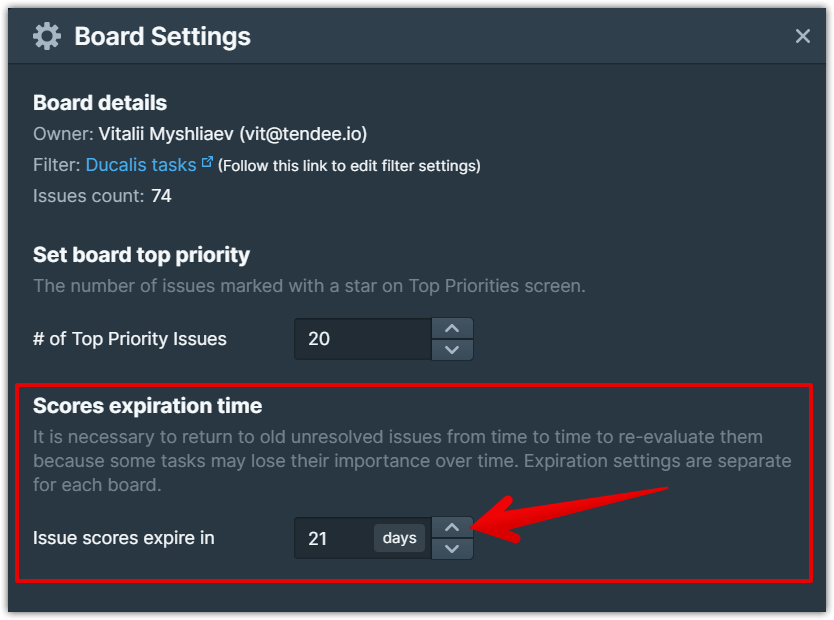
Tasks simply appear at the right moment on your assessment grid. Re-evaluation is intertwined with evaluation as a whole. Old issues with discarded scores get on the same list with the new ones.

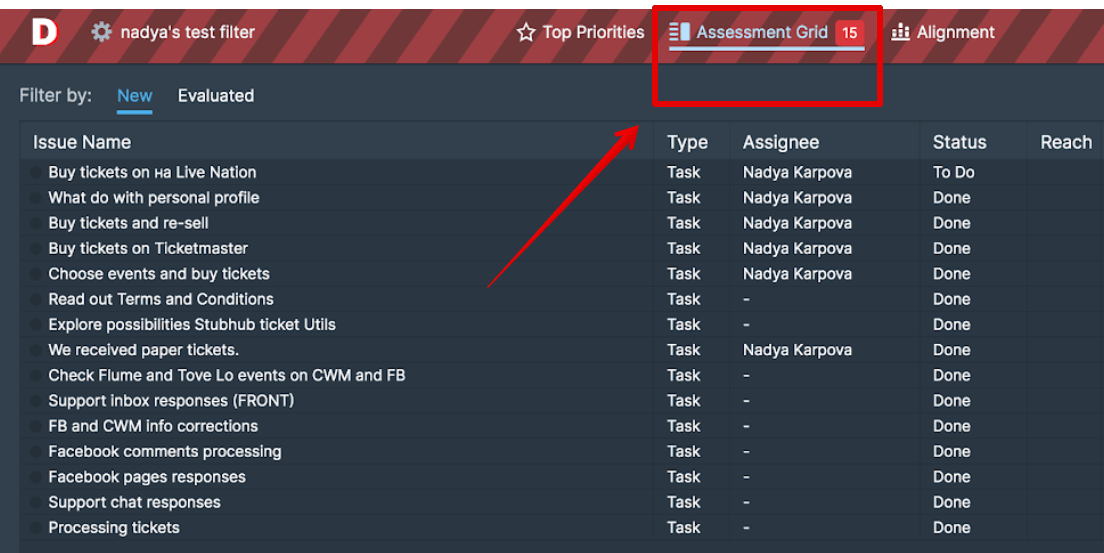
2.Set The Deadline
The priority list must be ready by the meeting time. There’s no point in dragging the evaluation a week long. So we chose Friday as our backlog grooming day as the sprint plannings always happen on Mondays.
3.Set The Reminders
Set up reminders or assign a person responsible for pinging. Without reminders, someone will forget about the evaluation for sure.
How To Automate
Ducalis sends reminders automatically at the time you set.
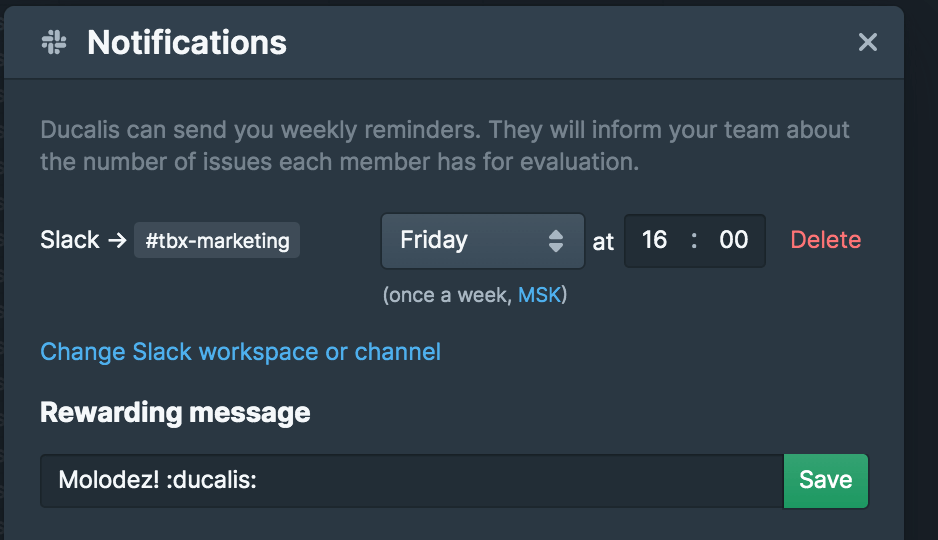
We receive reminders in our Slack channels every Friday. They tell us how many issues each team member still has to prioritize.
A bonus—you receive appreciation if you’ve already evaluated everything by the ping time. You can customize the rewarding message. We like to change them weekly to surprise and entertain each other. We want them silly and funny, but you can set serious and meaningful ones.
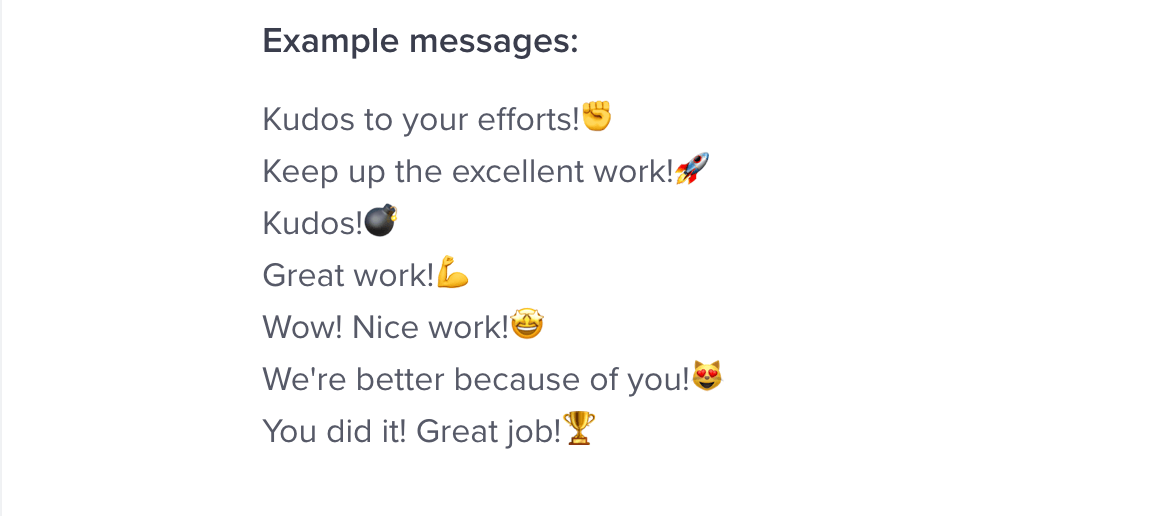
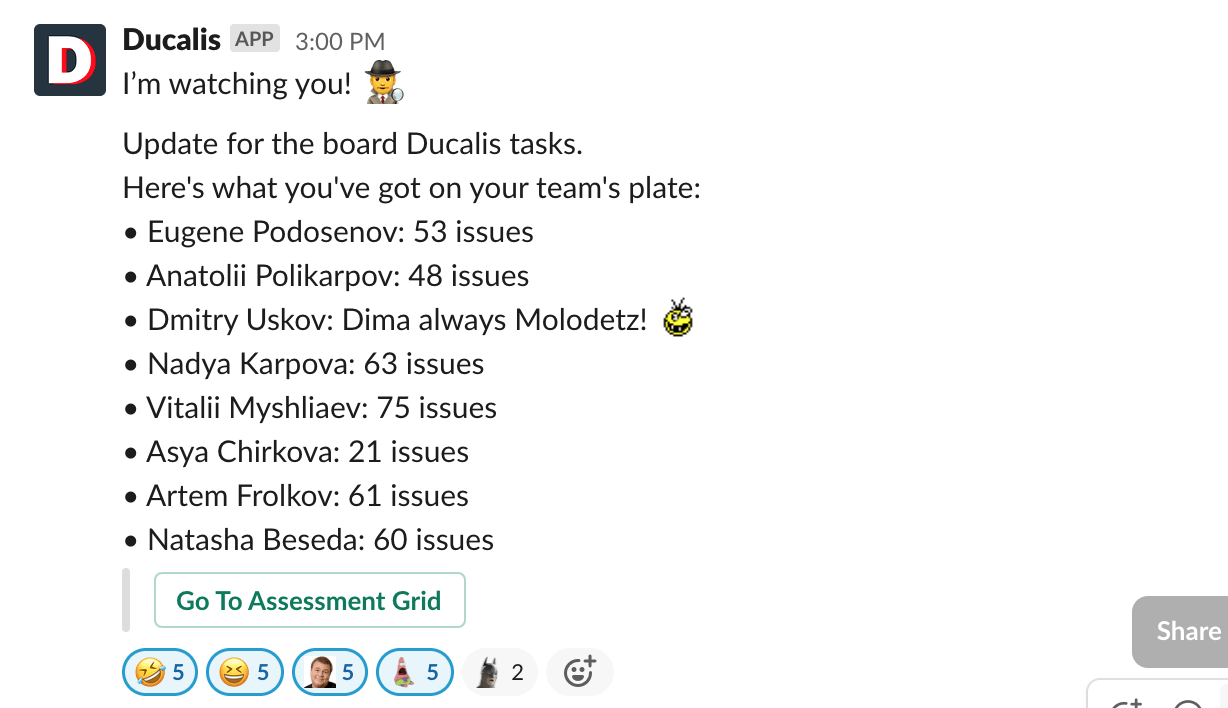
Thus the evaluation became a game. Some people on the team always want to be praised, so they evaluate tasks on time.
To Wrap Up
Re-evaluation revives the backlog, clears it up from obsolete tasks, and makes sprint planning super-efficient.
When the re-evaluation is your ritual:
- The team has a clear vision of relevant objectives.
- Only essential tasks are on your to-do list.
- You eliminate long plan discussions.
Try a new way to improve sprint planning meetings now, before your objectives expire.
